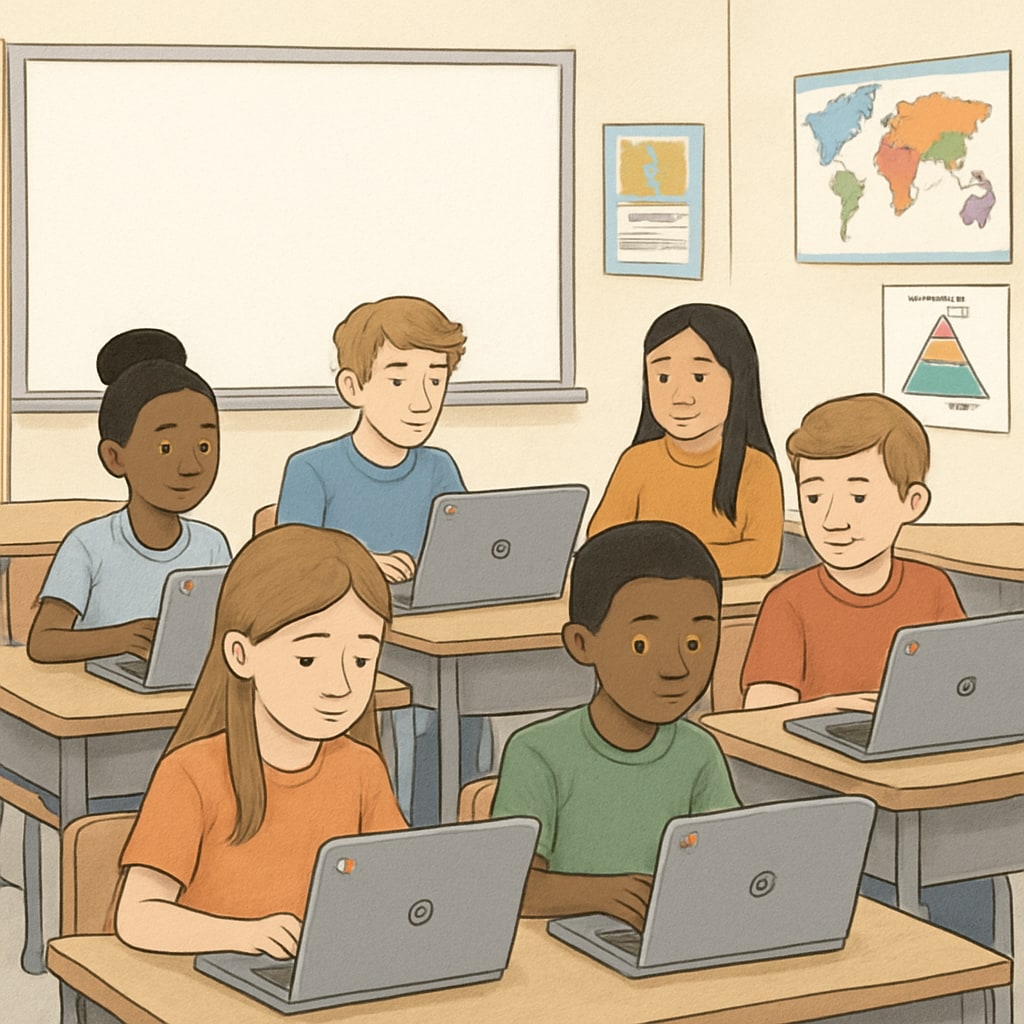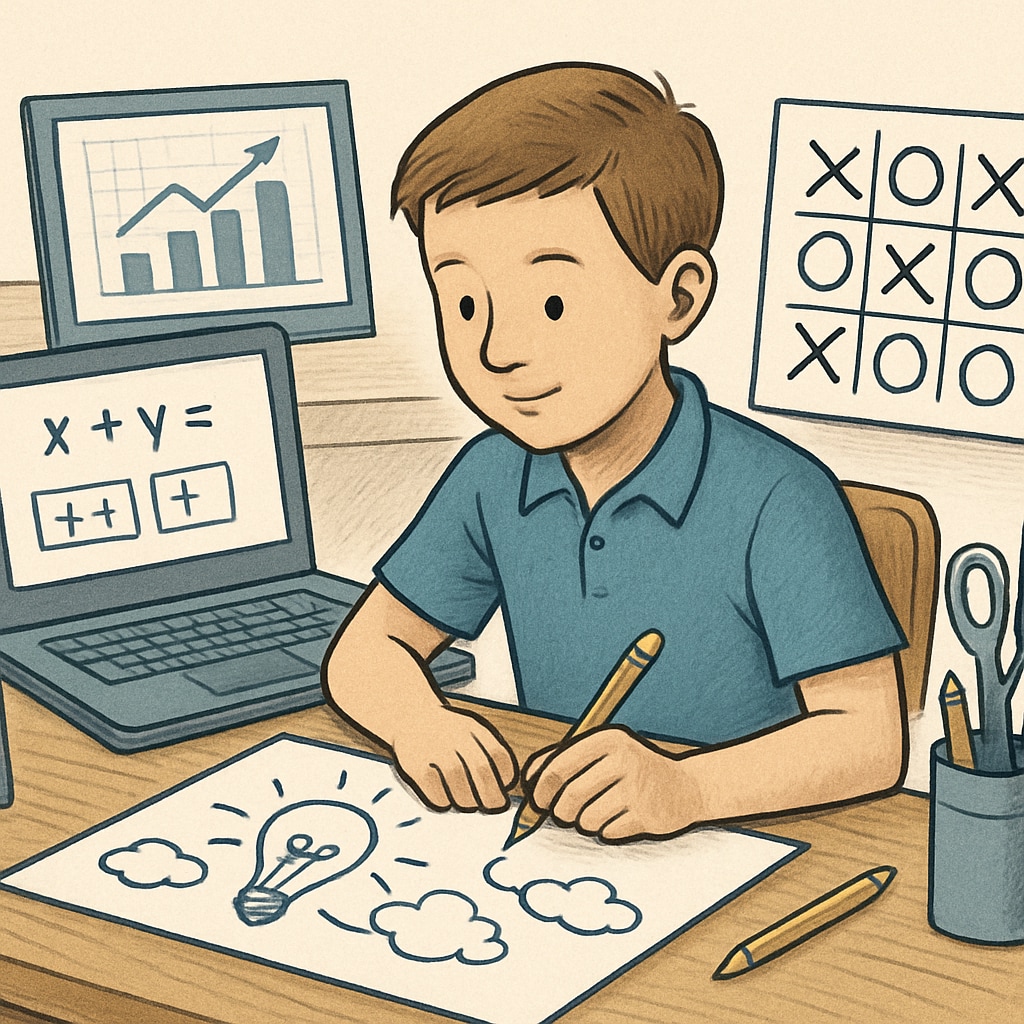The integration of educational technology (EdTech) into K-12 classrooms, exemplified by the widespread use of devices like Chromebooks, has reshaped modern education. While these tools promise efficiency and accessibility, they also spark debates about their impact on critical thinking and creativity. As we navigate the evolution of EdTech from the 2010s to 2025, it becomes crucial to question whether the benefits of streamlined learning come at the expense of developing students’ analytical and problem-solving skills.
The Promise of EdTech: Efficiency and Accessibility
Since the early 2010s, EdTech has positioned itself as a transformative force in education. Tools like Chromebooks and learning management systems (LMS) provide instant access to vast resources and enable personalized learning. For instance, students can now complete assignments, collaborate with peers, and receive feedback in real-time, all within a centralized platform. This level of efficiency allows teachers to focus more on instruction and less on administrative tasks.
Moreover, accessibility has been a significant win for education technology. Chromebooks, being cost-effective and user-friendly, have become a staple in classrooms worldwide. They ensure that students, regardless of socioeconomic background, can access digital resources that support their learning journey.

Challenges in Fostering Critical Thinking
Despite these advantages, the heavy reliance on EdTech raises questions about its inadvertent effects on critical thinking. Educational apps and platforms often prioritize speed and accuracy over the depth of understanding. For example, multiple-choice quizzes and automated grading systems, while efficient, may encourage rote memorization rather than analytical reasoning.
Additionally, the overuse of structured digital tools can limit opportunities for open-ended exploration. Critical thinking thrives in environments where students are encouraged to ask questions, debate ideas, and solve problems creatively. However, a curriculum heavily dominated by EdTech may inadvertently stifle these opportunities.
Research has highlighted this concern. A 2023 study by the American Educational Research Association (AERA) found that students in tech-heavy classrooms scored lower on assessments measuring higher-order thinking skills compared to those in traditional settings. This raises an important question: Are we sacrificing creativity and critical analysis for the sake of efficiency?

Striking the Right Balance
The challenge lies in finding a balance between leveraging EdTech for its efficiencies and cultivating critical thinking skills. Educators and policymakers can take several steps to achieve this:
- Blended Learning Environments: Combining digital tools with traditional teaching methods allows for both efficiency and deeper engagement. For example, discussions, debates, and hands-on projects can complement EdTech-based lessons.
- Critical Use of Technology: Teachers should integrate apps and tools that promote open-ended problem-solving, such as coding platforms or virtual labs.
- Professional Development: Training educators to use EdTech thoughtfully ensures that it enhances rather than replaces critical thinking exercises.
Furthermore, students should be taught to critically evaluate the information they consume online. Digital literacy, including the ability to discern reliable sources, is a crucial component of modern critical thinking.
The Future of EdTech in Education
As we approach 2025, the role of EdTech in education will only continue to expand. However, its success will depend on how well it can adapt to the nuanced needs of learners. Future innovations must prioritize tools that encourage creativity, collaboration, and critical thinking alongside efficiency. For example, incorporating artificial intelligence (AI) to tailor learning experiences while fostering critical inquiry could be a step in the right direction.
Ultimately, the goal should not be to replace traditional learning methods but to augment them. By doing so, we can ensure that the next generation is both technologically proficient and capable of independent thought.
In conclusion, the rise of EdTech, including devices like Chromebooks, has revolutionized education. However, we must remain vigilant about its potential impact on critical thinking. By striking a balance between technology and traditional teaching methods, we can prepare students not just for exams but for the complexities of the real world.
Readability guidance: Use short paragraphs and lists to summarize key points; ensure a balance of efficiency-focused and critical-thinking arguments. Maintain a conversational yet professional tone to engage educators and policymakers.


